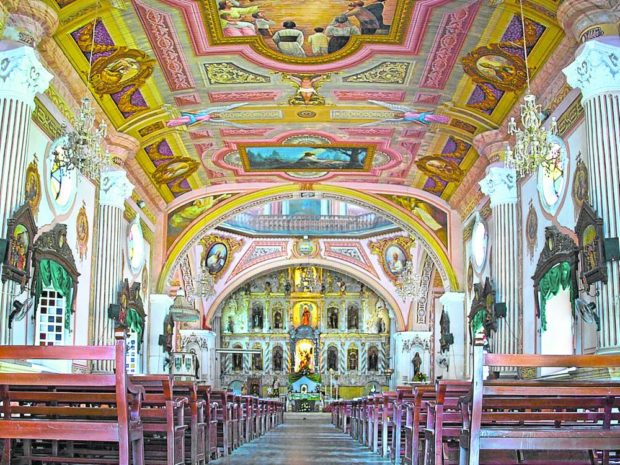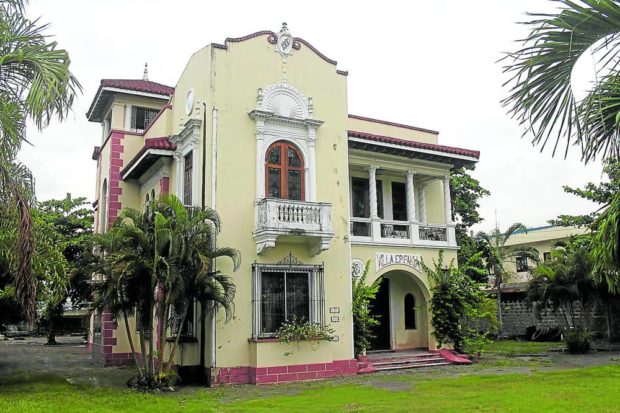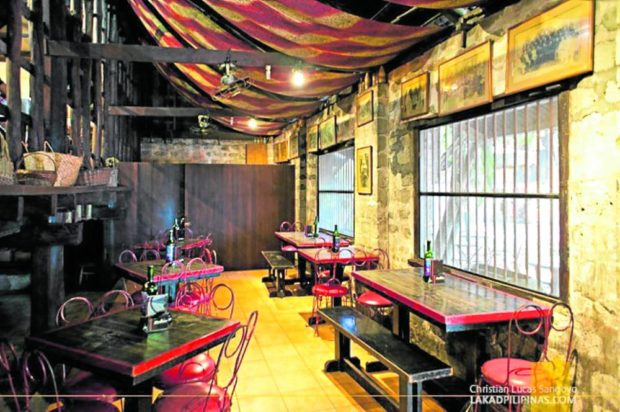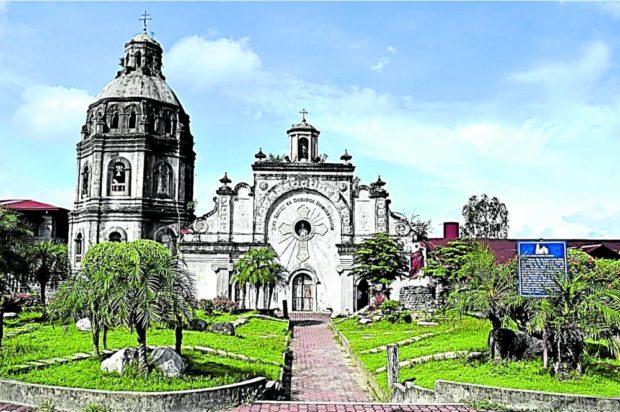A showcase of glorious past in vibrant present
Pampanga is among the most popular provinces of the Philippines not only because of its vibrant present and promising future, but also because of its glorious past which it continues to cherish to this day.
While numerous big-ticket infrastructure projects are quickly turning the place into an attractive investment hub, Pampanga does not plan to lose its soul—one of the many things that make it a suburban haven for homebuyers and a top destination for tourists. And thanks to this conscious effort to look back, Pampanga has raised hundreds of artists and patriots who’ve anchored themselves in a profound pride of place.
This province in Central Luzon has tirelessly retold generations of its place in our nation’s history of colonization and liberation, enlivening traditions through its cuisine, crafts and celebrations, among others. Also proudly proclaiming heritage are Pampanga’s architectural gems, which have withstood the test of time reflecting Kapampangan history and values.

https://commons.wikimedia.org
St. James the Apostle Parish Church, Guagua
Pampanga was established in 1571 as the first Spanish province in Luzon. In fact, a lot of the territories now making up neighboring provinces are originally part of Pampanga.
Because of its roots, people should not be surprised to find some of the grandest Roman Catholic churches there. Among the must-visits is this church in Betis district of Guagua, a National Treasure whose concrete structure was erected in 1770. It is dubbed as the “Sistine Chapel of the Philippines” because of its ornate paintings and murals. Not only does it make reference to the Bible and the Christian faith, it also integrates indigenous, Latin-American and Oriental elements.

https://commons.wikimedia.org
Villa Epifania, Santa Rita
Those who plan to visit the many churches of Pampanga should take side trips to the ancestral homes there, too. These addresses reflect the grandeur of the alta sociedad back in the day. Some mustered influence due to their closeness to the Spaniards while others profited off from the province’s agricultural boom.
At least five are in Santa Rita town, the most popular of which is Villa Epifania, a house built in 1932 by Don Felipe Pineda Guanzon as a gift to his wife. It stood out instantly at that time as the only all-concrete home in the town, contrasting with the bahay na bato of other influential clans. It is familiar to movie buffs as the setting of “Tinimbang Ka Ngunit Kulang” and “Tanging Yaman.” It also attracts ghost hunters because of alleged supernatural occurrences.

https://www.lakadpilipinas.com
Camalig Restaurant, Angeles City
Adaptive reuse is one of the few ideal routes for architectural heritage. In repurposing old structures, their owners or custodians get to earn from properties that would otherwise lie idle and eventually rot, or be torn down to give way to more modern buildings.
One example is Camalig Restaurant, a popular destination in Angeles City. Its kitchen turns out Filipino fare with a twist plus Armando’s Pizza, aka “Pambansang Pizza.” Another draw for this place is its location: a rice granary built in 1840, then restored and converted in 1980. The decor of wooden furniture and vintage items made the place perfect for the nostalgic set.
San Guillermo Parish Church, Bacolor
While Pampanga is a known battleground, it isn’t only wartime tales that attest to the resilience of the Kapampangans. Natural disasters also provide evidence of the people’s strength.
A perfect convergence of both is Bacolor—the original capital of Pampanga, the de facto seat of government when Manila fell to the British, and, a victim of the lahar flow following the Pinatubo eruption.
Memorializing these today is the San Guillermo Church, famously used in TV series “May Bukas Pa.” The building, noted for its Baroque and Rococo details, was built in 1897 to replace the one ruined by a temblor. It continues to run today even while half-buried by lahar. Its convent was turned into Museo de Bacolor, a place helping a progressive province keep in touch with its storied past, its soul.
###—###
#Byline2
@INQ_Property
By Vaughn Alviar
@INQ_Property
Read Next
Subscribe to INQUIRER PLUS to get access to The Philippine Daily Inquirer & other 70+ titles, share up to 5 gadgets, listen to the news, download as early as 4am & share articles on social media. Call 896 6000.
For feedback, complaints, or inquiries, contact us.
For all the latest Business News Click Here
For the latest news and updates, follow us on Google News.




